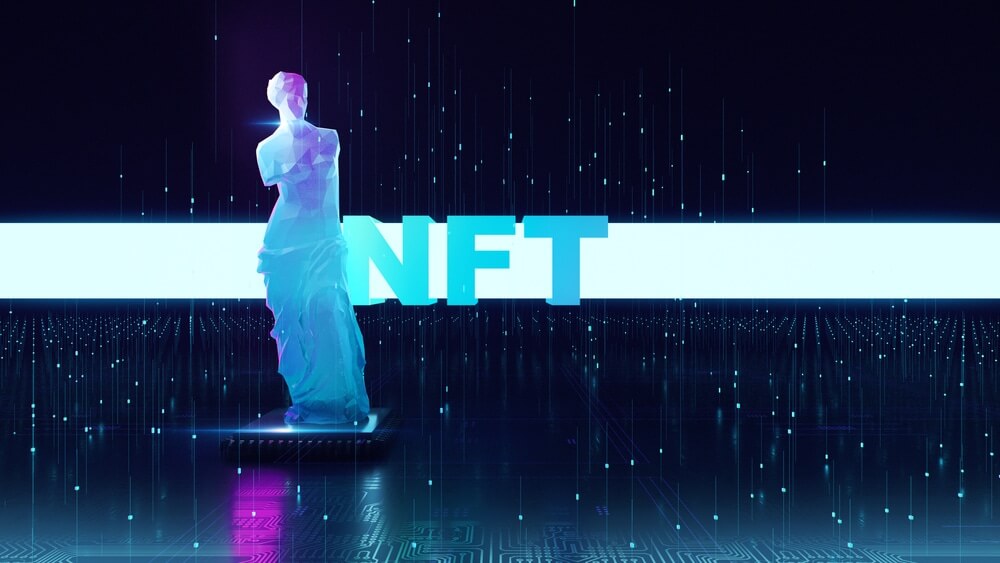
NFTs are the future of art, and they are here to stay
NFTs have been and continue to be one of the great shocks that the technological landscape has had in 2021.
A work of art that does not exist in the physical world was sold at Christie’s for 69 million dollars. Digital artwork by Mike Winkelmann, known as Beeple, was the third most expensive sale of a living artist in history. However, upon purchasing artwork, the buyer does not receive a sculpture, nor a painting, not even a copy. They receive a digital token known as an NFT.
If Bitcoin was recognized as the digital answer to currencies, NFTs are now considered the digital answer to collectibles.
But many skeptics believe that it is a new bubble about to burst.
Mike Winkelmann believes that NFT technology is very simple in terms of proving ownership. Non-fungible tokens are cryptographic assets with unique identification codes and metadata that distinguish them from each other.
In economics, a fungible asset is something that has units and can be easily exchanged, such as money. With money, one can exchange a 10 dollar bill for two of five, and it will have the same value. However, if something is not fungible, that is impossible. It means that it has unique properties, so it cannot be exchanged.
One could take a photograph of the painting or buy a copy, but only one original painting will exist. If you take a photo of the original painting with the best possible camera and then use the best painter to reproduce it accurately, it will likely be perfect. Still, it will never be that of Leonardo da Vinci.
NFTs are a unique asset in the digital world that can be bought and sold like any other property type, but they have no tangible form in themselves.
How do they work?
These digital tokens are certificates of ownership of virtual or physical assets.
Digital files can easily be duplicated over and over again.
With NFTs, art can be tokenized to generate a digital certificate of ownership that can be purchased and traded. As with cryptocurrencies, a record of who owns what is stored in a shared ledger such as the blockchain. It’s impossible to falsify the records because the book in question is maintained by thousands of computers worldwide.
NFTs can also contain smart contracts that could provide the artist with, for example, a portion of a future token sale.
In many cases, the artist retains the copyright to their work so that they can continue to produce and sell copies.
But the NFT buyer owns a token that proves that he is the owner of the “original” work.
Legal issues
What are the legal issues? Mainly, they involve copyright, ownership, and the artist’s moral rights. According to Jon Sharples, the intellectual property lawyer of Canvas Art Law, it has rarely been worth fighting copyright claims in visual arts in the past. Legal costs have been too costly compared to the financial value of any potential outcome.
Licensing intellectual property rights is a complex business, and usually, the process goes through detailed negotiations.
The world of NFTs does not accommodate that dynamic, and there is a lot of potential for misunderstandings. Many people in the NFT world are not familiar with the legal restrictions relating to copyrighted work. It could lead to potential infringement liability. Specifically, an NFT buyer might assume that he bought the underlying art associated with the NFT. In reality, he will be the owner of the NFT, the digital element itself. Meanwhile, he will not own any underlying intellectual property rights.
The original author is the copyright owner who holds the exclusive right to copy, distribute, modify, publicly perform, and publicly display the art.
The introduction of NFT has the potential to shape the transition to a more digital world powerfully. Beeple believes that the NFT industry will exist for many decades and that the trend will grow as consumers seek more quality.


